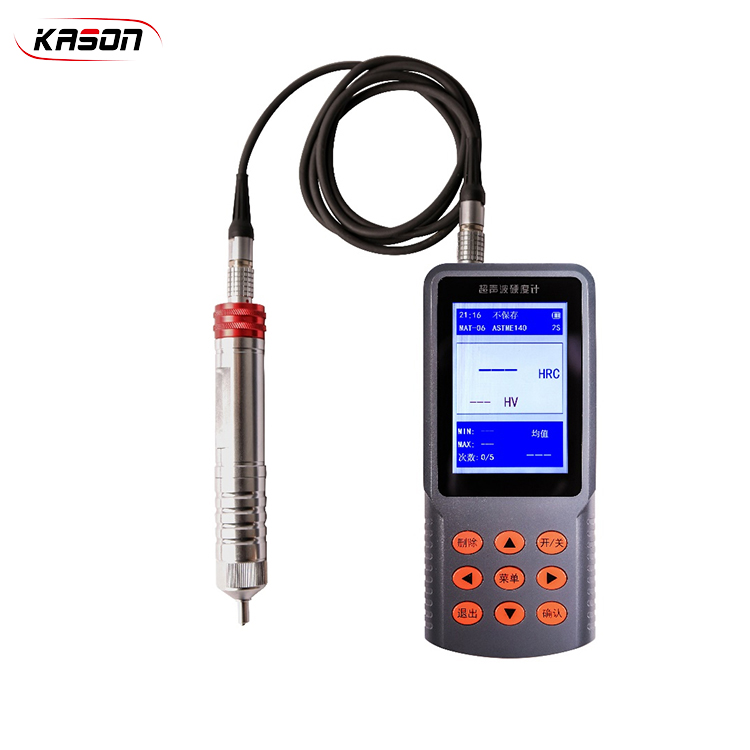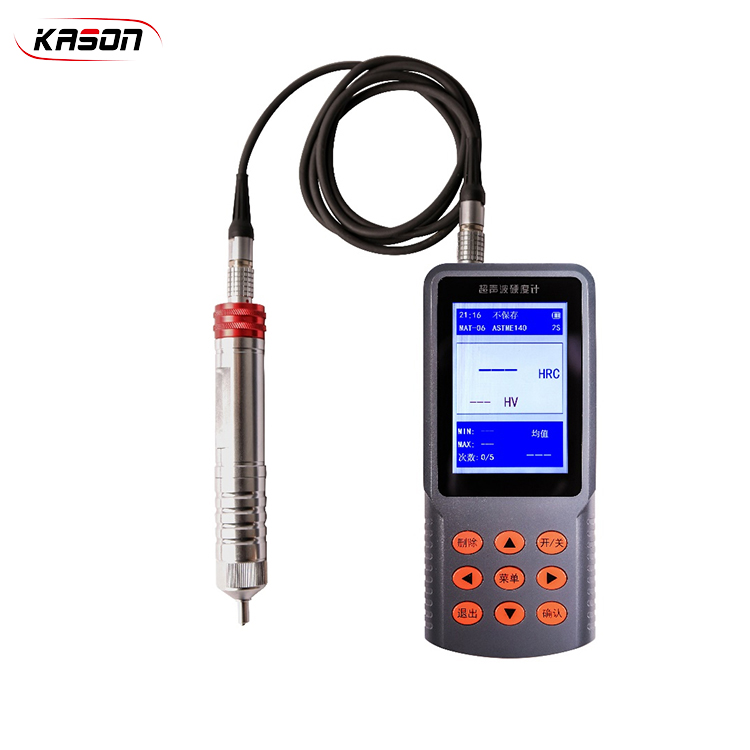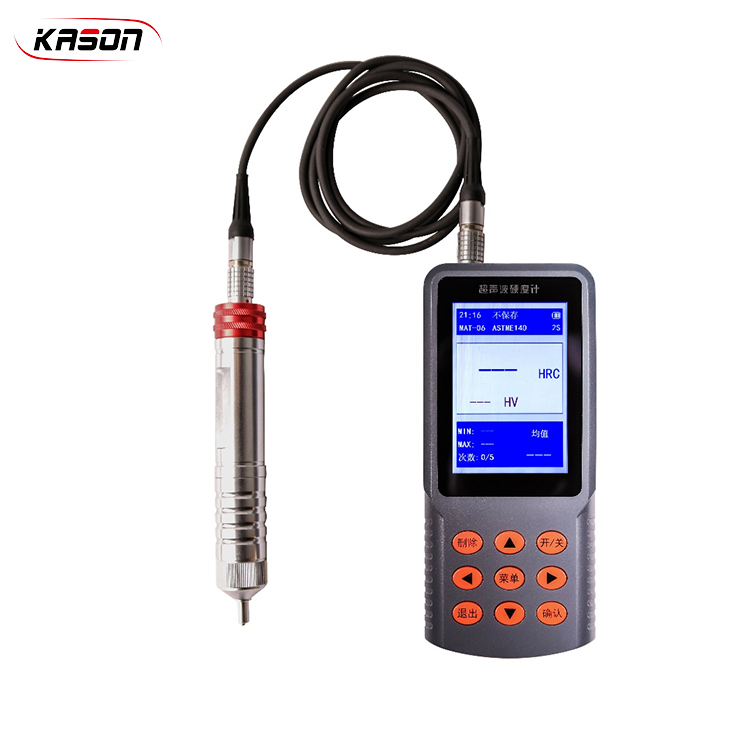
- Universal / Tensile Testing Machine
- Hydraulic universal testing machine
- Dynamic Fatigue Testing System
-
Robot Automated Testing Systems
- Impact Testing Machine Series
- Compression Testing machine
- Torsion Testing Machine
- Bending Testing Machine
- Creep and Rupture Testing Machine
-
Elastomeric Bearing Testing Machine
-
Cupping Testing Machine
- Spring Testing Machine
-
Other testing machine
- Paper and Package Test Equipment Series
- Textile Test Equipment Series
- Optical Test Equipment Series
- Spectrometer
- Testing equipment for masks and protection cover
- Plastic Pipes and Rubber Test Machine
- Other testing machine
- Video Measuring Machine
- Optical Profile Projector
- Coordinate Measuring Machine
- Force Gauge
- Mechanical Machine
- Hardness Tester
-
NDT Series
-
Microscope
- Metallographic
- Testing machine accessories
- High And Low Temperature Chamber
Laboratory Use Portable Ultrasonic Hardness Tester



There are many kinds of methods that can be used for hardness testing, and the more commonly usedmethodsare Brinell, Rockwell, Vickers, and Leeb test methods. Among them, Brinell and Rockwell test forceislarge, indentation is large, and the surface damage of the sample is large, while Vickers adopts optical methodtomeasure, which requires very professional technical personnel to operate, and can not directly test largeworkpieces; The ultrasonic hardness tester adopts the ultrasonic contact impedance method to compareandmeasure the styles, which has the advantages of high accuracy, fast speed, portability, and easy operation.
Standards:
DIN 50159-1-2008; ASTM-A1038-2005; JB/T9377-2010;JJG-654-2013; GBT34205-2017
Specifications:
|
Model |
KS-UH300 |
|||||||
|
Standard |
DIN50159- 1-2008; ASTM-A1038-2005; JB/T 9377-2010; JJG-654-2013; GBT34205-2017 |
|||||||
|
Range |
HV50- 1599, HRC20-76, HB76-618, HRB41- 100, HRB41- 100, HRA61-85.6, Mpa255-2180 |
|||||||
|
Test Error |
HRC: ± 2HRC; HB: ± 3%HB; HV: ± 3%HV |
|||||||
|
Maximum allowable relative error |
Hardness of standard test block |
Maximum allowable relative error of hardness tester % |
||||||
|
HV10 |
HV5 |
HV2 |
HV1 |
HV0.8 |
HV0.3 |
HV0. 1 |
||
|
<250HV |
4 |
4 |
4 |
4 |
4 |
5 |
5 |
|
|
250HV-500HV |
4 |
4 |
4 |
4 |
4 |
6 |
6 |
|
|
>500HV-800HV |
4 |
4 |
5 |
5 |
5 |
7 |
7 |
|
|
>800HV |
4 |
4 |
6 |
6 |
6 |
8 |
8 |
|
|
Probe test force |
2kgf(optional 0.5kgf, 1kgf, 5kgf, 10kgf) |
|||||||
|
Working temperature |
-20C~50C |
|||||||
|
Working humidity |
<=85% |
|||||||














